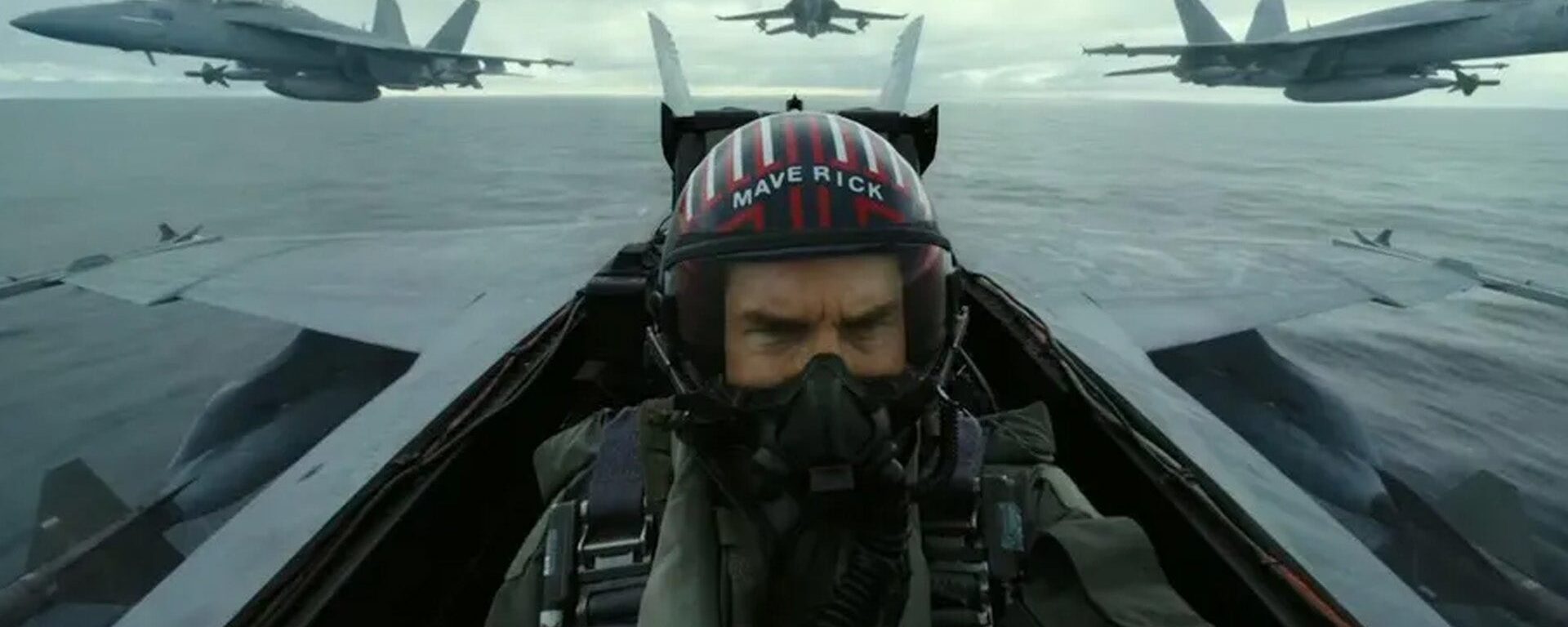In the blockbuster movie “Top Gun: Maverick,” Captain Pete “Maverick” Mitchell takes aviation to new heights, quite literally. He accomplishes a feat that seems almost impossible in reality – breaking the Mach 10 speed barrier. But just how fast is Mach 10, and could a human really survive such a speed? Let’s dive into the world of supersonic flight and separate fact from fiction.
A Maverick’s Flight Beyond the Imagination
“Top Gun: Maverick” made waves in the world of cinema, shattering records and cementing its place in the annals of aviation film history. The sequel to the iconic “Top Gun” from 1986 not only brought back Tom Cruise in his role as Maverick but also introduced audiences to the thrilling concept of reaching Mach 10.
In the movie, Maverick accomplishes this astonishing feat in a prototype jet known as the Darkstar. While the Darkstar itself doesn’t exist in reality, it’s meant to be a fictional counterpart to the SR-72, a reconnaissance aircraft developed by the renowned Skunk Works, an aircraft manufacturer nestled in the Mojave desert – a significant setting in the film.
Maverick’s journey begins when he commandeers the Darkstar to prove its superiority over robotic drones, as the Navy plans to discontinue his prototype jet in favor of these unmanned alternatives. Maverick effortlessly cruises at Mach 8, but pushing beyond that becomes a formidable challenge. At speeds exceeding Mach 9, the aircraft’s surface temperature skyrockets due to the intense velocity.
However, in a heart-pounding moment, Maverick defies the odds and breaks through the Mach 10 barrier, even pushing the envelope to Mach 10.3 before the Darkstar’s engine succumbs to the relentless forces, leading to Maverick’s dramatic ejection and the aircraft’s ultimate destruction.

Understanding Mach 10
To comprehend the significance of Mach 10, we must first grasp the concept of Mach numbers in aviation. Mach is a unit used to describe an object’s speed relative to the speed of sound. Mach 1 is equivalent to the speed of sound, which varies with factors like temperature and altitude but typically hovers around 1,125 feet per second.
So, Mach 10 corresponds to 10 times the speed of sound. In practical terms, this translates to approximately 7,680 miles per hour.
But here’s the catch: achieving Mach 10 for humans is, in reality, a Herculean task. This is primarily due to the immense G-forces involved. G-force measures the stress experienced by pilots during high-speed maneuvers or rapid accelerations. On average, a human can withstand only 4 to 6 G-forces for a brief period before facing adverse effects. However, pilots undergo rigorous training to endure higher G-forces, with an average trained pilot capable of enduring up to 9 G-forces for a short duration.
The Impossible G-Force Challenge
Now, let’s return to Maverick’s incredible flight at Mach 10. At this speed, he would be subjected to a staggering 34 G-forces. To put it into perspective, this level of force would severely damage the human body, potentially causing harm to internal organs or even rendering a person unconscious.
Furthermore, the film depicted Maverick ejecting from the Darkstar while hurtling at Mach 10.3. In reality, such an ejection would result in instant fatality due to the extreme air density at those speeds.
In essence, while “Top Gun: Maverick” offers a thrilling portrayal of supersonic flight, the idea of a human surviving at Mach 10 remains firmly within the realm of science fiction. It showcases the boundary-pushing world of aviation and the lengths to which daring pilots like Maverick are willing to go, even if those boundaries are far beyond the reach of the human body.

